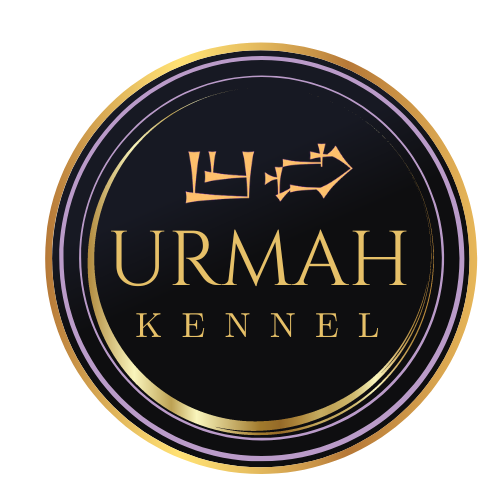f.a.q.
You have questions. wE have answers.
This FAQ answers questions about the Giant Breeds. Being the companion to a giant breed dog is an enriching experience that entails certain responsibilities. Understanding and meeting their particular needs guarantees a joyful and healthy existence for your magnificent giant.
Typically, a “giant breed” dog is one that weighs upwards of 100 pounds as an adult. This category encompasses breeds such as Great Danes, Mastiffs, Saint Bernards, and Irish Wolfhounds, all of which are not only large in stature but also generous in heart. This category includes all of the Livestock Guardian dogs found in modern day Turkey such as the Kangal, Anatolian Shepherd, Malakli, Turkish Boz Shepherd, Akbash, Karadeniz Mountain dog. Let’s not forget about the Central Asian dog Alabai, or also known as the Central Asian Shepherd, to name a few.
Although giant breeds can adjust to different housing conditions, they thrive with ample room to roam. Ideally, they would live in a house with a spacious, secure backyard. The Great Dane has different requirements than that of a Malakli. The Turkish Boz is more versatile than a Kangal. Another thing to consider is the temperament of the dog breed and even the individual dog. Some dogs want to live primarily outside, while others prefer to primarily live inside. Before choosing a breed, consult with a breeder to determine if the breed will suit your living situation.
Nourishing a giant breed demands a specialized diet to foster bone development and maintain overall wellness. They need premium dog food for large breeds to avert issues tied to their rapid growth. The right amount of food and the frequency of meals will depend on the dog’s age, size, and how active they are. It’s best to consult a veterinarian to design a feeding regimen specific to your pet.
Contrary to what one might expect, most giant breed dogs don’t need as much physical activity as medium or high-energy breeds do. Regular walks coupled with some time to freely move about in a protected space are often enough. However, it’s important to carefully manage their activity levels, especially during their puppy and senior years, to avoid joint damage. The dog’s individual temperament plays a role in determining whether it will exercise. Most giant breed dogs do not make good running partners.
Giant breed dogs tend to be susceptible to particular health issues, including hip dysplasia, bloat (gastric torsion), and cardiac conditions. Scheduling frequent veterinary visits, providing a proper diet, and ensuring they remain at a healthy weight can mitigate these risks.
It’s crucial to begin training while they are small enough to handle easily. Positive reinforcement methods and consistency with commands are key. Given their impressive size, it’s important to instill good manners and leash discipline for everyone’s safety. At minimum, giant breed dogs should have some level of obedience training.
To prevent fearfulness and aggression, socializing early with positive exposure to various people, animals, scenarios, and situations is crucial. Positive and gentle experiences during their early months can pave the way for a balanced and friendly adult dog.
It’s important to puppy-proof your home, paying extra attention to the robustness of household items. Since giant breeds can easily access counter surfaces, keeping potential dangers out of reach is key. Also, due to their strength and size, investing in durable, suitably sized toys and bedding is essential.
Grooming necessities can vary depending on the breed. Many need regular brushing to control shedding and maintain coat health. It’s crucial to keep their nails trimmed to avoid pain and problems with walking. Taking care of their teeth and ears is equally important.
During the growth phase, it is advised to limit excessive running and avoid hard surfaces. Ensure your dog’s body weight stays at a healthy level to reduce stress on its joints. Per your veterinarians ‘ recommendations, supplements like glucosamine and chondroitin can support joint wellness.

